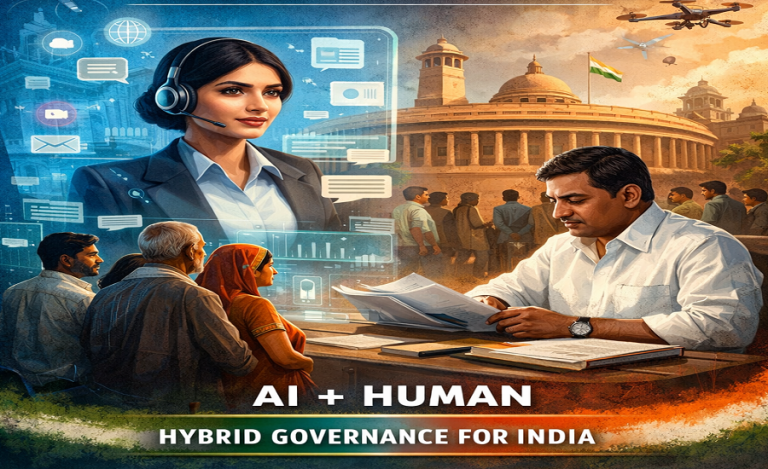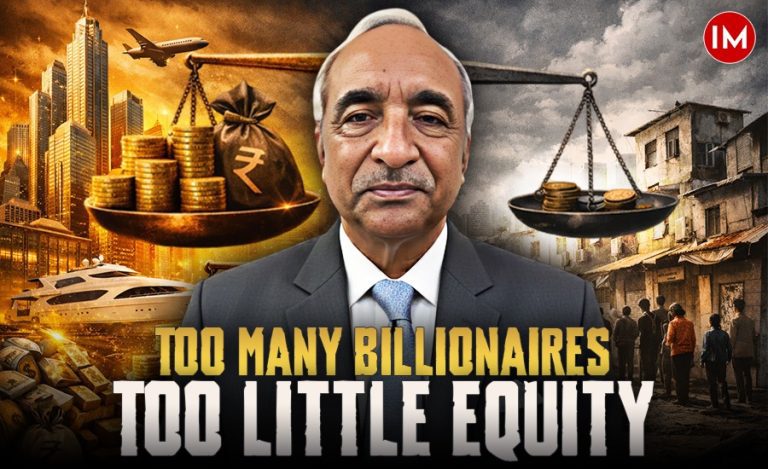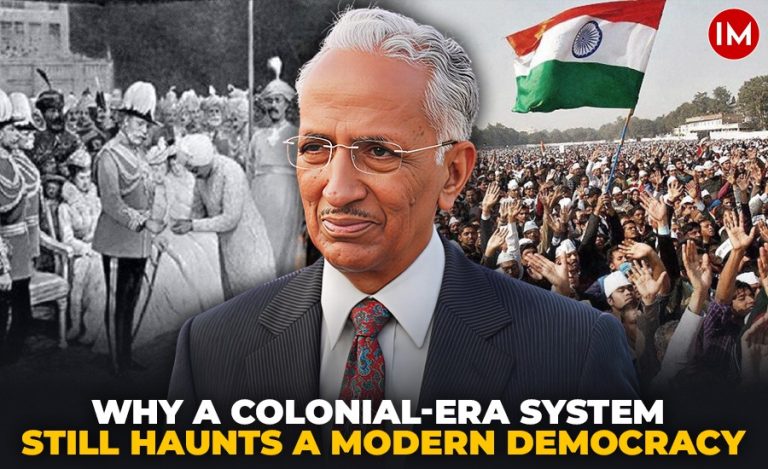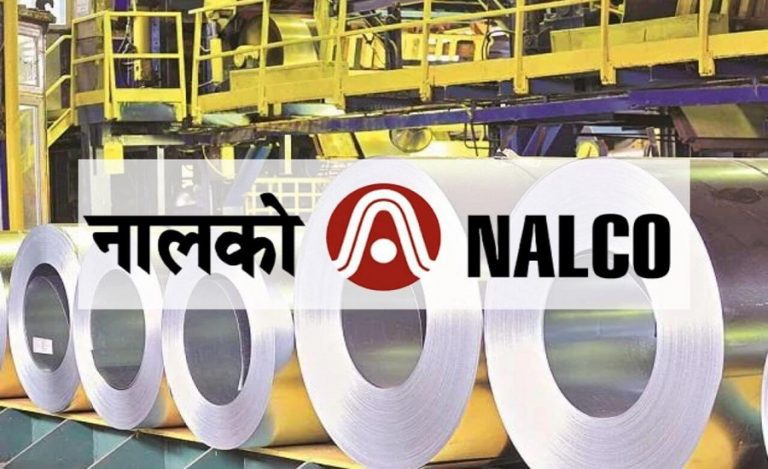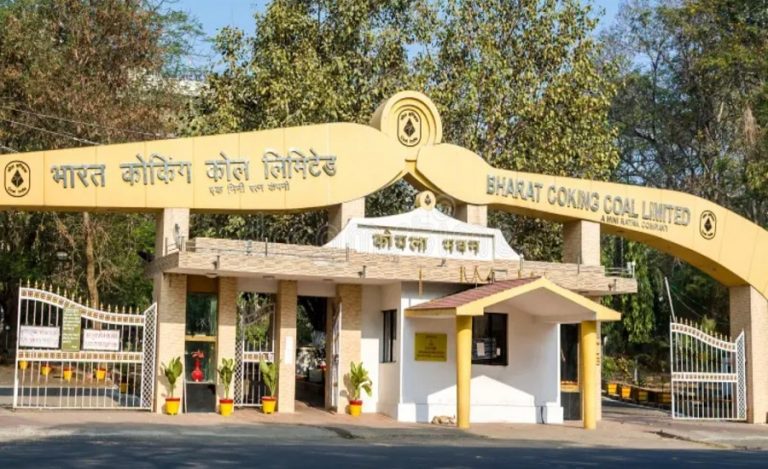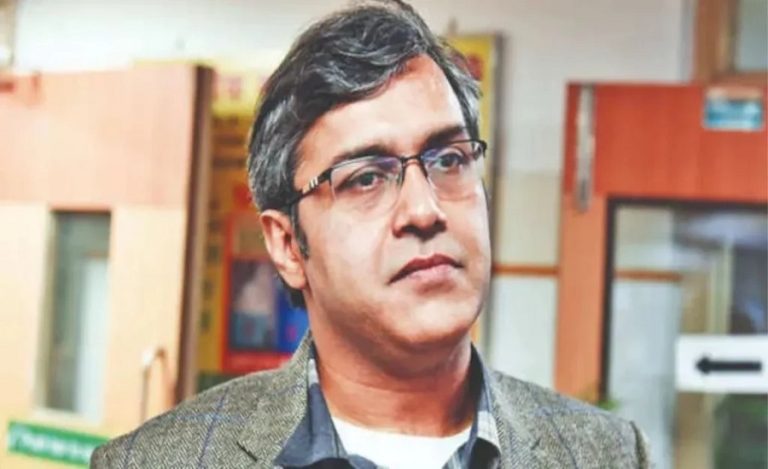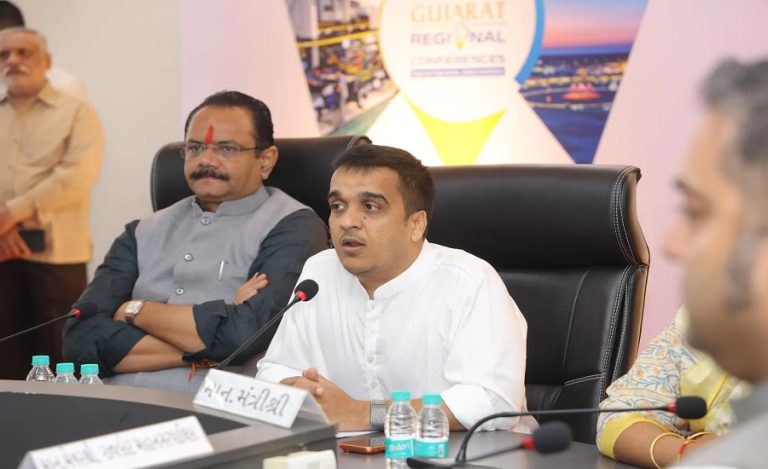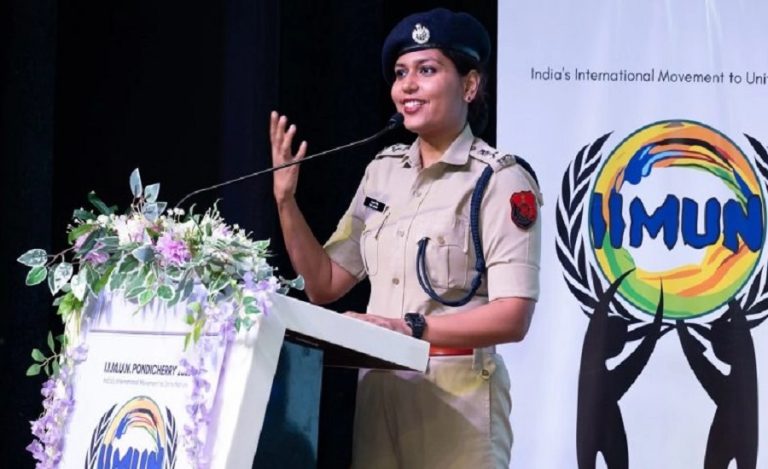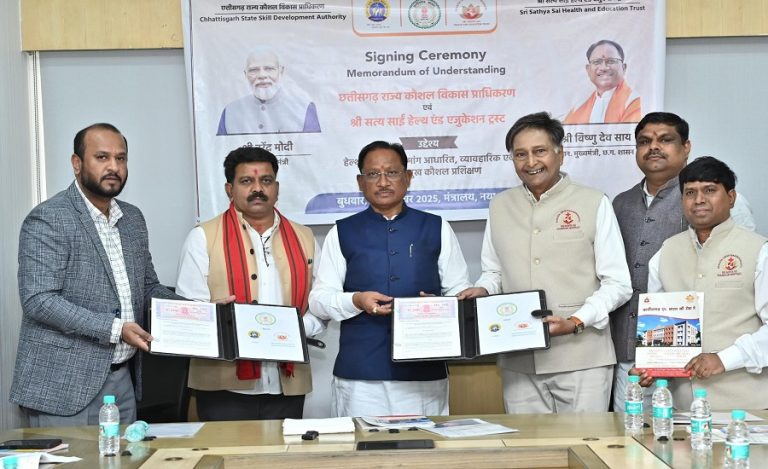The Prime Minister, Narendra Modi while launching the Make in India initiative scheme said, “I want to tell the people of the whole world: Come, make in India. Come and manufacture in India. Go and sell in any country of the world, but manufacture here. We have the skill, talent, discipline and the desire to do something. We want to give the world an opportunity that comes to make in India.” This iterates the whole gist of the program.
The main aim of this initiative was to make India a global manufacturing hub by encouraging both multinational as well as domestic companies to manufacture their products within the country. It was declared that in 2013, India’s growth rate had fallen to its lowest level in a decade, thus putting it into the category of “Fragile Five” nations.
The main objectives of the campaign were to:
- To transform India into a global design and manufacturing hub.
- To introduce new initiatives for the promotion of foreign direct investment
- To implement intellectual property rights.
- To develop the nation’s manufacturing sector.
- To boost the confidence of investors and manufacturers to build and invest in India.
- To improve India’s rank on the Ease of Doing Business index.
- To eliminate the hassles of laws and regulations in the bureaucratic process of business.
- To promote job creation and innovation in the limits of the country.
- To make government transparent and accountable in its working.
- To encourage the avenues of skill development.
- To improve the global competitiveness of the Indian manufacturing sector.
To promote the sustainability of growth:
- To increase growth in the manufacturing sector to 12-14% per annum over the medium term.
- To raise the contribution of the manufacturing sector to 25% of the Gross Domestic Product (GDP) from its current 16%.
- To create 100 million additional jobs by 2022 in the manufacturing sector.
- To increase domestic value addition and technological depth in the manufacturing sector.
There has been no formal evaluation (at least no such evaluation is available in public domain) of the outcomes of the “Make in India” campaign that was launched worldwide at the expense of millions of Rupees.
Let us have a brief look at whether the objectives were actually achieved from the available data.
The campaign was to increase growth in the manufacturing sector to 12-14% over the medium term. This hasn’t happened by any stretch of imagination, even before the arrival of COVID. In fact, the actual manufacturing growth rate has been much below the targeted one
2016 : 2.8%
2017: 4.4%
2018 : 4.6%
2019 : 3.9% (Source : Statista 2021)
Poor growth in manufacturing sector got reflected in the overall GDP growth as well :
2016-17 : 8.2%
2017-18 : 7.2%
2018-19 : 6.1%
2019-20 : 4.2% (Source : GoI Data)
It is evident from the above that this particular objective of “Make in India” was missed by a long margin.
Now, let us look at whether we are on track for creating 100 million additional jobs by 2022. Thanks to COVID, it didn’t happen. However, even before COVID arrived, the country was facing the worst unemployment crisis ever. The official data that was being released by the Ministry of Labour and Employment periodically was stopped in 2016 perhaps because it was revealing the ground reality. Many have doubted the credibility of CMIE data but that is what we had. The CMIE Data shows that for graduates in the age group of 20-24 years, unemployment was 42% in 2017. It rose to 55.1% in 2018 and to 63.4% in 2019. The World Bank also endorsed the grim ground reality. The Bank released data for Youth Unemployment during 2019 for 181 countries. India lay even below the Congo Republic at 23%. Countries like Thailand (4.2%), Philippines (6.7%), China (11.0%), and Indonesia (13.4%) were well ahead.
So, what went wrong with “Make in India”?
- The focus was almost totally on road shows. There were grand announcements made and people travelled all over the world conveying to investors to come to India and invest. The “Make in India” lion was visible in all our embassies abroad. (I had the occasion to see one in Warsaw during my visit to Poland in my capacity as Secretary, Coal).
- All effort was to “please” the mandarins of the World Bank to climb the ease-of-doing business ladder. It worked in the beginning as India did apparently climb the ladder and everyone went to town. Whether the business actually became easy is a million-dollar question. The whole process was a dubious one and recently, the World Bank has itself “dumped” this charade of comparing countries on the basis of ease-of-doing business.
- There was no effort to engage intensively with the investors in India to ascertain why wasn’t investment happening here and what could possibly be the way forward. The road-show approach never revealed the ground reality as the investors didn’t have the courage to reveal the “truth” in public glare.
- No concurrent evaluation of the scheme was done to ascertain what was going wrong to bring about a course correction. In fact, there was apparently never an admission that anything was going wrong. It was all hunky dory.
- There were factors beyond “Make in India” that disrupted it. A well-intentioned but poorly implemented demonetization devastated the economy. Similarly, Goods and Services Tax was long overdue and eminently required but launching it without necessary preparatory work, virtually destroyed the small and medium sector.
Make in India hasn’t happened. It isn’t even a topic of discussion these days. We then moved on to the new “glitz”, “Transform India”. This was apparently aborted mid-way. Now the focus is on G20. We will perhaps never get to know about the outcomes of this “blitz” as well because we are so enamoured with fireworks that it leaves us very little time to be bothered about outcomes. However, India does need to be transformed. We tried the “Make in India” way of transforming it. We may not admit it, but we failed. So, what is the way forward?
(Author is a former UP Cadre IAS officer, having served the Union Government as Coal Secretary and School Education Secretary. He has written books on his experiences in bureaucracy:- No More A Civil Servant, & Ethical Dilemmas of A Civil Servant)


